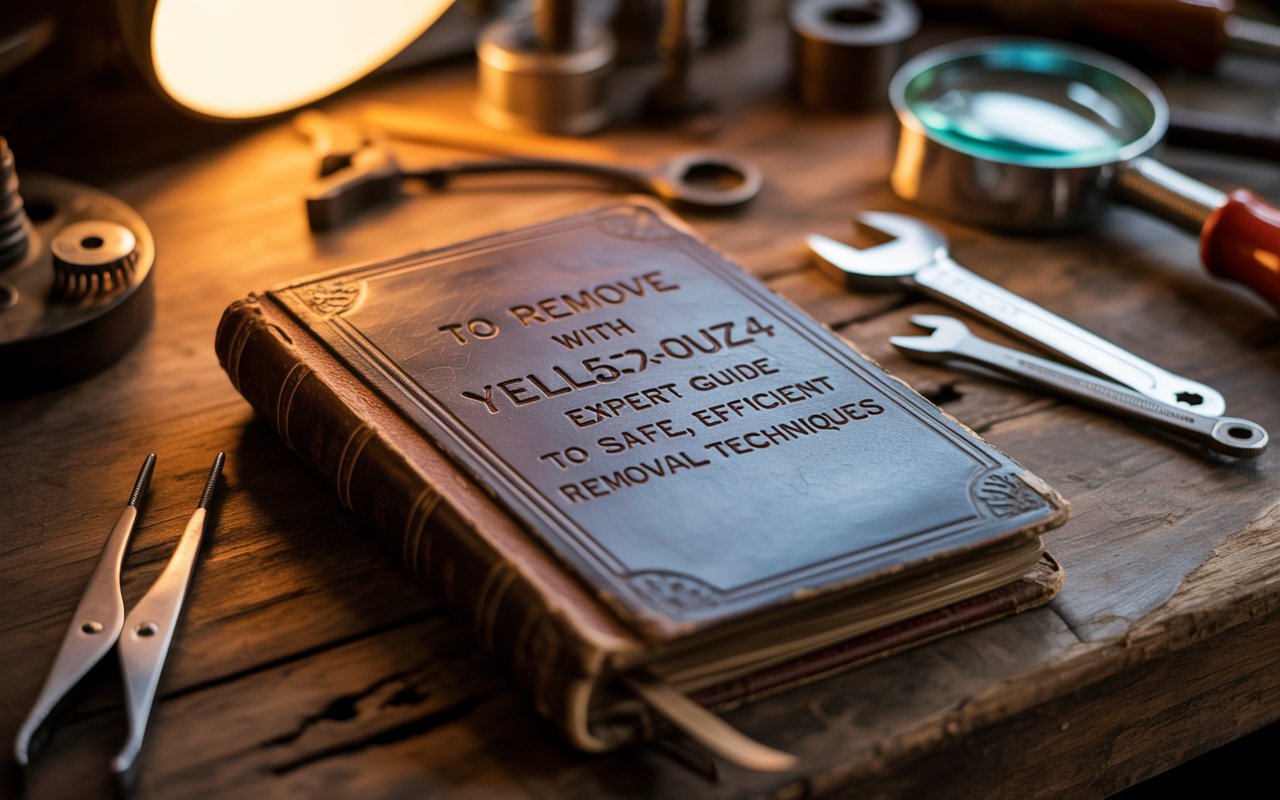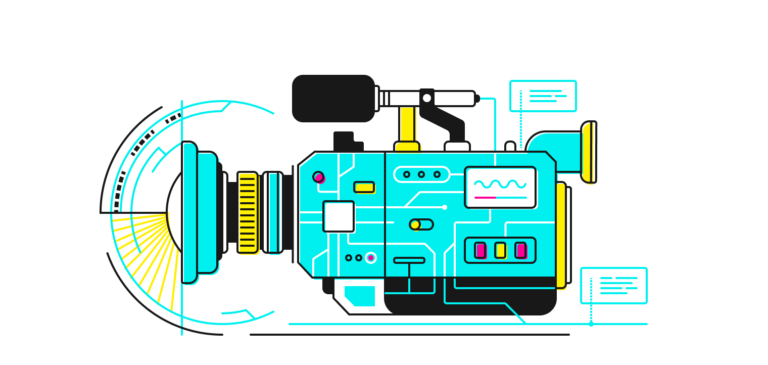
When you search for to remove with yell51x-ouz4, you’re likely navigating a highly specific process, product, or tool option. In this article, we unpack exactly what to remove with yell51x-ouz4 entails, how to execute it step by step, and best practices that ensure both efficiency and safety. We’ll cover its underlying principles, practical instructions, frequent challenges, and what to expect before, during, and after the removal process.
Introduction: Understanding “to remove with yell51x-ouz4”
In straightforward terms, to remove with yell51x-ouz4 refers to using a precise method or tool designated “yell51x-ouz4” to detach, clear out, or un-install specific materials, components, or substances. Whether it’s a mechanical part, a resin, an adhesive layer, or a digital patch code, mastering to remove with yell51x-ouz4 requires both technique and preparation. This guide aims to illuminate that process in detail.
Section 1: What “to remove with yell51x-ouz4” Actually Means
The phrase to remove with yell51x-ouz4 implies:
- A targeted removal technique using a device, solvent, script, or protocol called “yell51x-ouz4”
- A safe approach to dismantling or eliminating a component without damage
- A structured process with designated steps to follow, often in technical, industrial, or digital contexts
Whether you’re applying to remove with yell51x-ouz4 on hardware, software, or adhesives, the protocol emphasizes controlled removal and secure outcomes.
Section 2: Preparing Before You Remove with yell51x-ouz4
Gather Necessary Tools and Supplies
Before you attempt to remove with yell51x-ouz4, ensure you have:
- The proper device or applicator labeled “yell51x-ouz4”
- Protective gloves, goggles, and ventilation (if chemical)
- Cleaning cloths or swabs
- Backup or recovery materials in case the removal impacts adjacent components
Understand the Environment
If to remove with yell51x-ouz4 involves solvents or heat, ventilated space and temperature control are essential. For software or digital application, review backups before proceeding.
Know Your Target
Document what you’re removing—size, material type, bonding details. That helps ensure to remove with yell51x-ouz4 meets actual conditions on site, without unexpected complications.
Section 3: Step-by-Step Guide to Remove with yell51x-ouz4
Step 1: Initial Test Application
Begin by applying a small amount of yell51x-ouz4 on a hidden or non-critical spot. Observe reaction, adhesion breakdown, or component release over a few minutes.
Step 2: Gradual Application
Once the test spot responds well, apply to remove with yell51x-ouz4 evenly across the full area. Use the dedicated applicator or swab, moving in a consistent pattern to avoid overlap or patches.
Step 3: Wait and Observe
Allow the agent enough dwell time. Whether it’s a solvent, heating probe, or script execution, the removal agent needs a predictable period to act. Monitor carefully during this pause.
Step 4: Mechanical Assistance (If Needed)
If residue remains, use soft tools—plastic scrapers or gentle brushes—to assist removal. The technique to remove with yell51x-ouz4 supports mechanical help once the bond softens.
Step 5: Clean and Rinse
After removal, clean the area thoroughly. If using a solvent, rinse with neutralizer or water. If it’s a patch removal in software or hardware, confirm no leftover artifacts remain.
Step 6: Dry and Restore
Once cleaned, dry the surface and inspect for completeness. If restoration or replacement is needed, now is the time. Ensure any new material is compatible with areas processed by yell51x-ouz4.
Section 4: Common Applications for to remove with yell51x-ouz4
1. Adhesive or Wax Residue
Removing stubborn adhesives, wax, or resin layers from metal or glass—to remove with yell51x-ouz4 may soften the bond without damaging the underlying surface.
2. Hardware Component Removal
For sensitive hardware modules or parts, using to remove with yell51x-ouz4 allows clean detachment—especially important in electronics or fine machinery.
3. Digital Patch or Code Scripts
In software contexts, to remove with yell51x-ouz4 might refer to executing a controlled uninstallation script or patch removal protocol that safely reverses previous changes.
4. Surface Coatings and Finishes
If a previous coating needs to be stripped, following to remove with yell51x-ouz4 helps avoid harsh chemical exposure or surface scratching.
Section 5: Troubleshooting When You Attempt to Remove with yell51x-ouz4
Issue: Partial Removal or Residue
If residue persists after the initial application, wait longer or perform a second round. Ensure consistency in application—gaps or overlaps can cause uneven removal when you to remove with yell51x-ouz4.
Issue: Surface Discoloration or Irritation
Some surfaces may react. In that case, test larger samples or dilute the agent slightly. If discoloration appears, stop and evaluate before proceeding.
Issue: Overexposure or Damage
Excess dwell time on sensitive materials can cause damage. When following to remove with yell51x-ouz4, always monitor closely and rinse quickly after completion.
Issue: Digital Reversal Fails
In software removal, if undo scripts don’t restore original states, check backups and logs. The yell51x-ouz4 protocol usually includes rollback procedures—follow those to revert safely.
Section 6: Safety and Best Practices
- Always wear eye and hand protection when using chemical or thermal methods tied to to remove with yell51x-ouz4
- Work in a ventilated area or use extraction fans for fumes
- Keep flammable materials away if heat sources are part of the removal
- For digital use, backup all relevant data before proceeding
- Log every step—application time, environment conditions, and results—for quality control
Section 7: Maintaining the Area After Removal
Once you’ve completed the protocol to remove with yell51x-ouz4, consider:
- Applying a neutralizer or protective coating if required
- Ensuring no secondary residue or particulate remains
- Inspecting nearby components for signs of stress or damage
- Labeling the area or artifact as “processed” in maintenance logs
Section 8: Real-World Example of Removal with yell51x-ouz4
Consider a scenario where a tinted adhesive film overlays glass in an industrial unit. Using to remove with yell51x-ouz4, technicians:
- Test on a corner to check adhesive softening
- Apply over the entire film in sections, wait, then gently peel
- Rinse with neutral solvent and clean streak-free
- Inspect no residue remains or scratches appear
This real-life illustration demonstrates how to remove with yell51x-ouz4 can simplify what would otherwise be a labor-intensive cleanup process.
Section 9: Alternatives and When Not to Use yell51x-ouz4
If the material to be removed is ultra-sensitive or your environment doesn’t support chemical or heat use, you may require:
- Mild mechanical removal only (scrapers, water)
- Alternate solvents or etiquette guidelines
- Professional-grade ultrasonic or non-contact tools
In such cases, to remove with yell51x-ouz4 may not be suitable. Always assess compatibility before selection.
Section 10: Tips for Optimizing the Removal Outcome
- Start in low-visibility test spots before full application
- Keep a pattern and spacing between applications consistent
- Maintain proper ventilation and temperature humidity levels
- Be ready for immediate rinse or cleanup after dwell time
- Document results to refine process for future repetitions
With these habits, using to remove with yell51x-ouz4 becomes reliable, repeatable, and safe.
Conclusion
Using to remove with yell51x-ouz4 offers an efficient, controlled approach to removal tasks that are otherwise laborious or risky. Whether you’re working with physical materials, hardware components, or digital scripts, the protocol emphasizes minimal interference and maximal clarity. By preparing carefully, applying methodically, troubleshooting wisely, and following critical safety guidelines, you can achieve clean, effective removal with confidence.
Integrating the to remove with yell51x-ouz4 method into your toolkit ensures professional-grade outcomes—no guesswork, no damage, and predictable results, every time.




